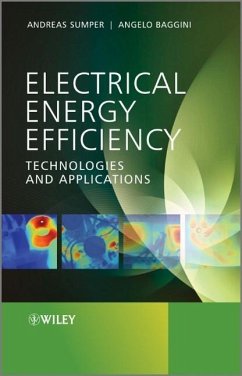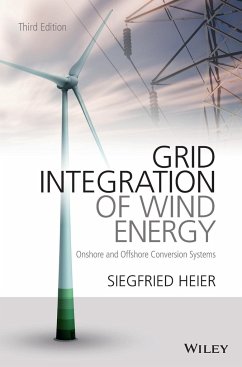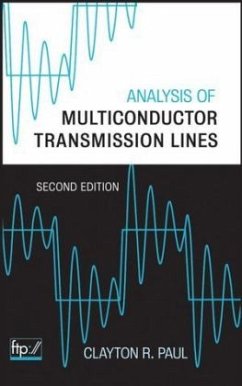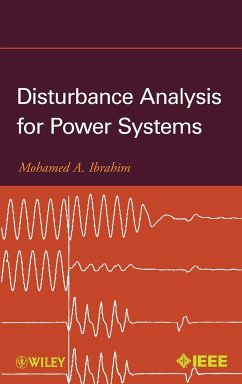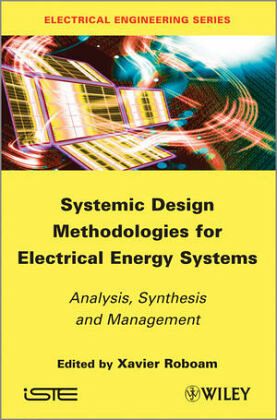
Systemic Design Methodologies for Electrical Energy Systems
Analysis, Synthesis and Management
Herausgegeben von Roboam, Xavier
Versandkostenfrei!
Versandfertig in über 4 Wochen
159,99 €
inkl. MwSt.
Weitere Ausgaben:

PAYBACK Punkte
80 °P sammeln!
This book proposes systemic design methodologies applied to electrical energy systems, in particular analysis and system management, modeling and sizing tools.It includes 8 chapters: after an introduction to the systemic approach (history, basics & fundamental issues, index terms) for designing energy systems, this book presents two different graphical formalisms especially dedicated to multidisciplinary devices modeling, synthesis and analysis: Bond Graph and COG/EMR. Other systemic analysis approaches for quality and stability of systems, as well as for safety and robustness analysis tools a...
This book proposes systemic design methodologies applied to electrical energy systems, in particular analysis and system management, modeling and sizing tools.
It includes 8 chapters: after an introduction to the systemic approach (history, basics & fundamental issues, index terms) for designing energy systems, this book presents two different graphical formalisms especially dedicated to multidisciplinary devices modeling, synthesis and analysis: Bond Graph and COG/EMR. Other systemic analysis approaches for quality and stability of systems, as well as for safety and robustness analysis tools are also proposed. One chapter is dedicated to energy management and another is focused on Monte Carlo algorithms for electrical systems and networks sizing.
The aim of this book is to summarize design methodologies based in particular on a systemic viewpoint, by considering the system as a whole. These methods and tools are proposed by the most important French research laboratories, which have many scientific partnerships with other European and international research institutions. Scientists and engineers in the field of electrical engineering, especially teachers/researchers because of the focus on methodological issues, will find this book extremely useful, as will PhD and Masters students in this field.
It includes 8 chapters: after an introduction to the systemic approach (history, basics & fundamental issues, index terms) for designing energy systems, this book presents two different graphical formalisms especially dedicated to multidisciplinary devices modeling, synthesis and analysis: Bond Graph and COG/EMR. Other systemic analysis approaches for quality and stability of systems, as well as for safety and robustness analysis tools are also proposed. One chapter is dedicated to energy management and another is focused on Monte Carlo algorithms for electrical systems and networks sizing.
The aim of this book is to summarize design methodologies based in particular on a systemic viewpoint, by considering the system as a whole. These methods and tools are proposed by the most important French research laboratories, which have many scientific partnerships with other European and international research institutions. Scientists and engineers in the field of electrical engineering, especially teachers/researchers because of the focus on methodological issues, will find this book extremely useful, as will PhD and Masters students in this field.




